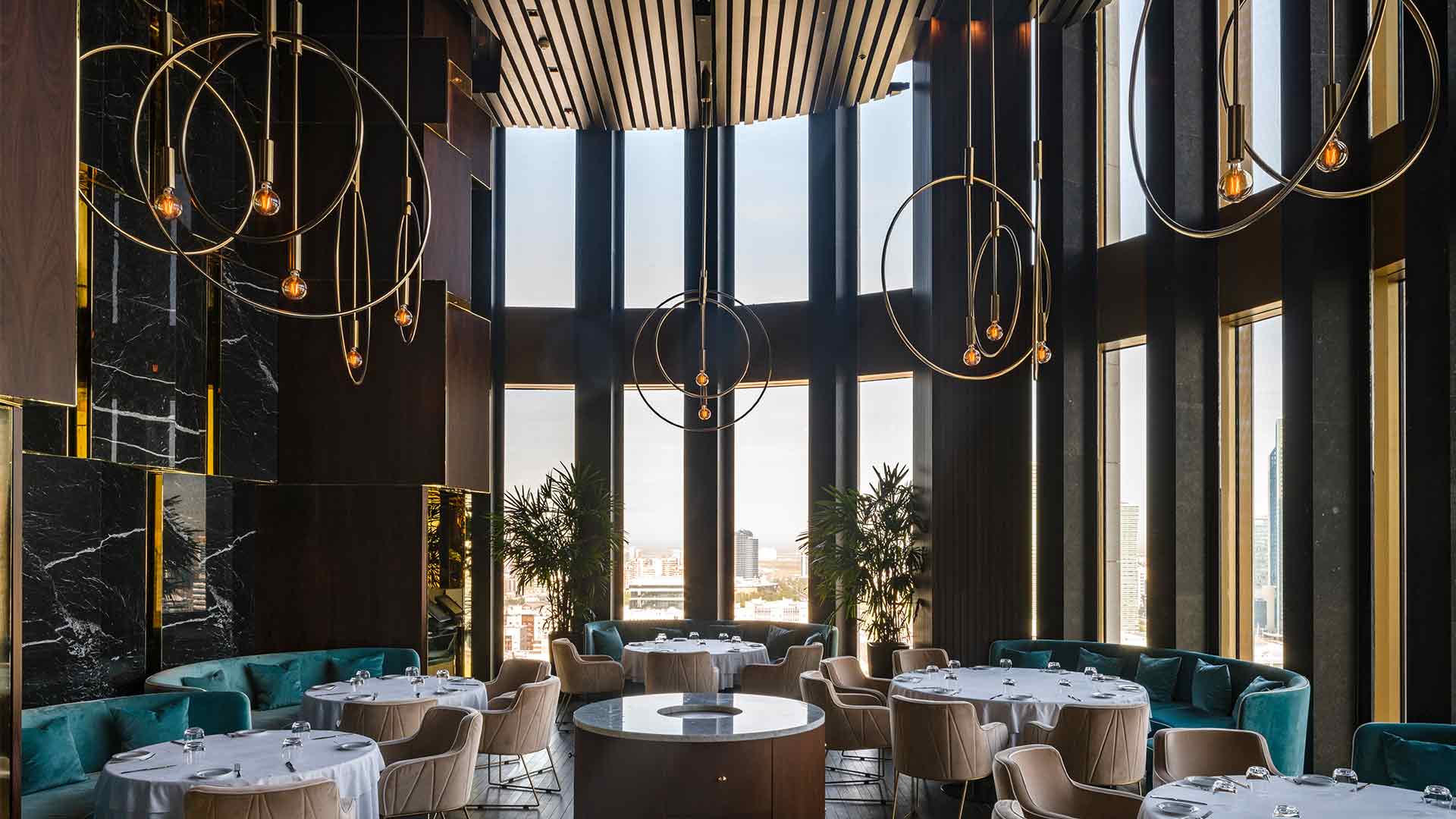It starts with the brief...
Each and every space we visit or pass through evokes some degree of emotional reaction, either consciously or sub-consciously. The challenge that an interior designer or architect faces, when designing an area for hospitality, is deciding which one of these reactions (conscious or subconscious) is needed. They then have to harness and occasionally amplify the response, sometimes to provide a mixture of relaxation and stimulation, which can take on a multitude of vibes: modern, traditional, formal/ informal, bold, dramatic, high energy, flexible… the list goes on.
When it comes to hospitality, lighting design doesn’t exist in isolation – it merely helps define the space. If you think of a venue you’ve visited that has a certain atmosphere, it will most likely have a thoughtful blend of materials, interior finishes, music and light, which all complement each other.
So how is lighting used to help achieve this sentiment?
It starts with the brief. Often overlooked, the brief is absolutely critical in sharing the vision of a space. Due to time pressures or becoming involved at different stages in a project, assumptions can often be made as to how much a lighting designer “already knows” about a project, but what makes all the difference is a bit more time and depth at the earliest stage. As lighting consultants, the more we can understand about how a space will be used, the better. You’ll seldom hear a lighting consultant complaining about a briefing taking too long.
Increasingly and excitingly lighting is being seen and appreciated as a tool or medium to help transform spaces throughout the day. By this we’re referring less to “feature lighting”, such as large chandeliers or a back-illuminated feature wall, and more to clients who have an understanding of the need for layers of light and multiple diffuse, directional and ambient light sources.
Understanding how a space will be used means that a lighting designer can make sure that a lighting scheme’s range of light levels and scenes accommodate both vibrant and intimate levels. We’ll often talk about how hard a particular light source needs to “work” in a space, but in an ideal design there will be the ability to control or balance a number of light sources to achieve the required light levels, while providing a feeling of quality and depth.
Material finish samples are also critical to lighting. A lighting designer needs to test how finishes respond to different light sources. Do they look flat or green under a certain light, or when illuminated from a particular direction? What materials are they facing/ opposite? For example, specular finishes (cut glass, crystal, chrome) require a number of point or focused light sources to be best revealed, however, to avoid glare, they need to be dimmed and balanced with ambient light or an evenly illuminated diffuse surface to create a comfortable environment.
Arguably, the second most important aspect of hospitality lighting design, after the brief, is commissioning – aiming, focusing and scene setting help tie everything together. Small tweaks in furniture layouts may not seem important until the spotlight over the concierge table is no longer in the correct position, which can look very disjointed. Often the solution is a straightforward one, and as such, maintaining a dialogue with the design team when the project is on site, to allow snagging of obvious mistakes, helps provide the best value for money.
Image: © G GARDNER


